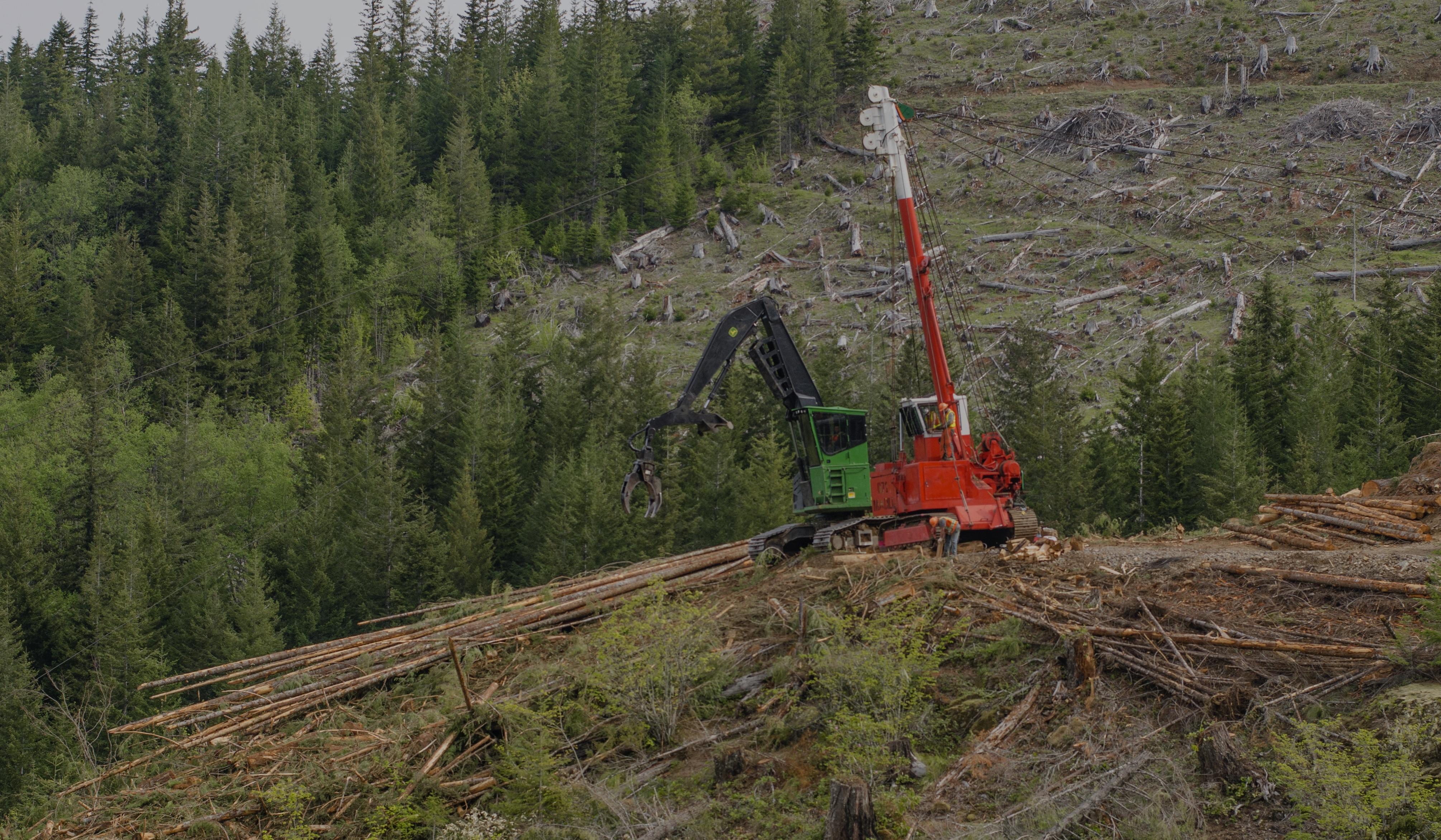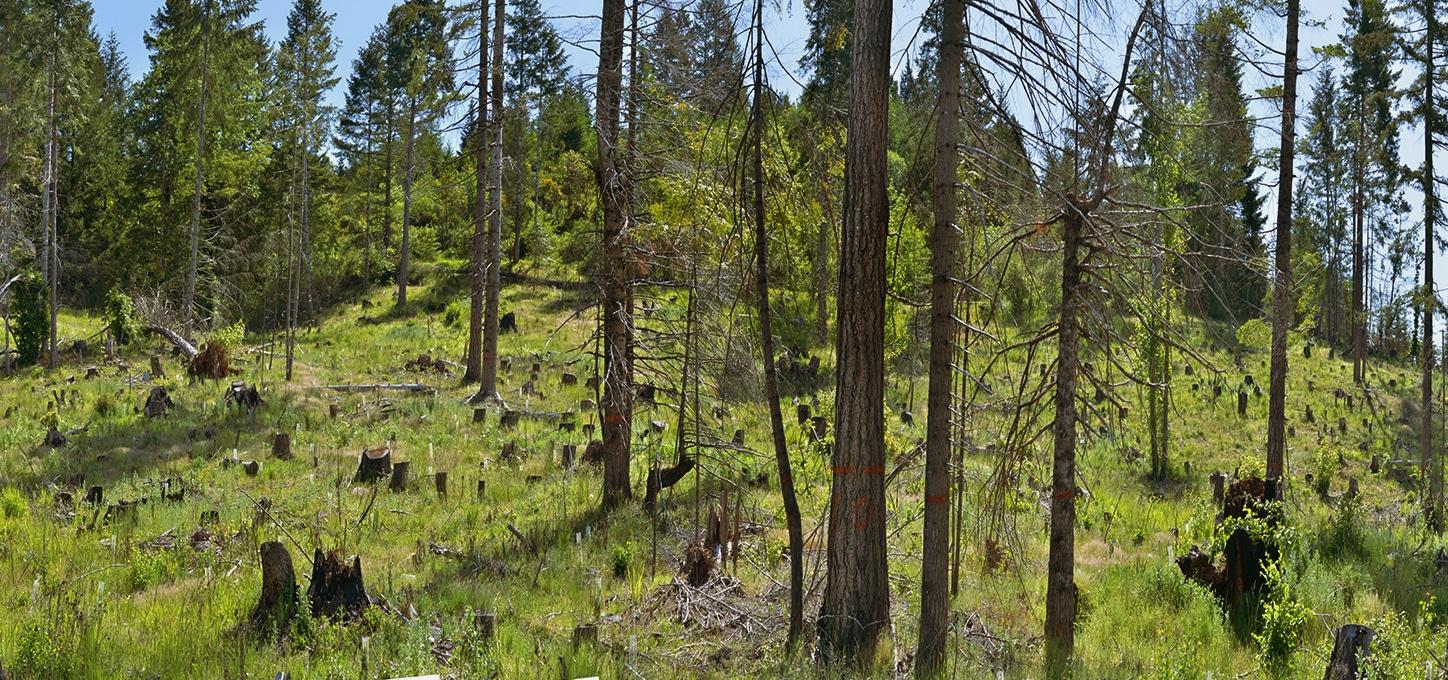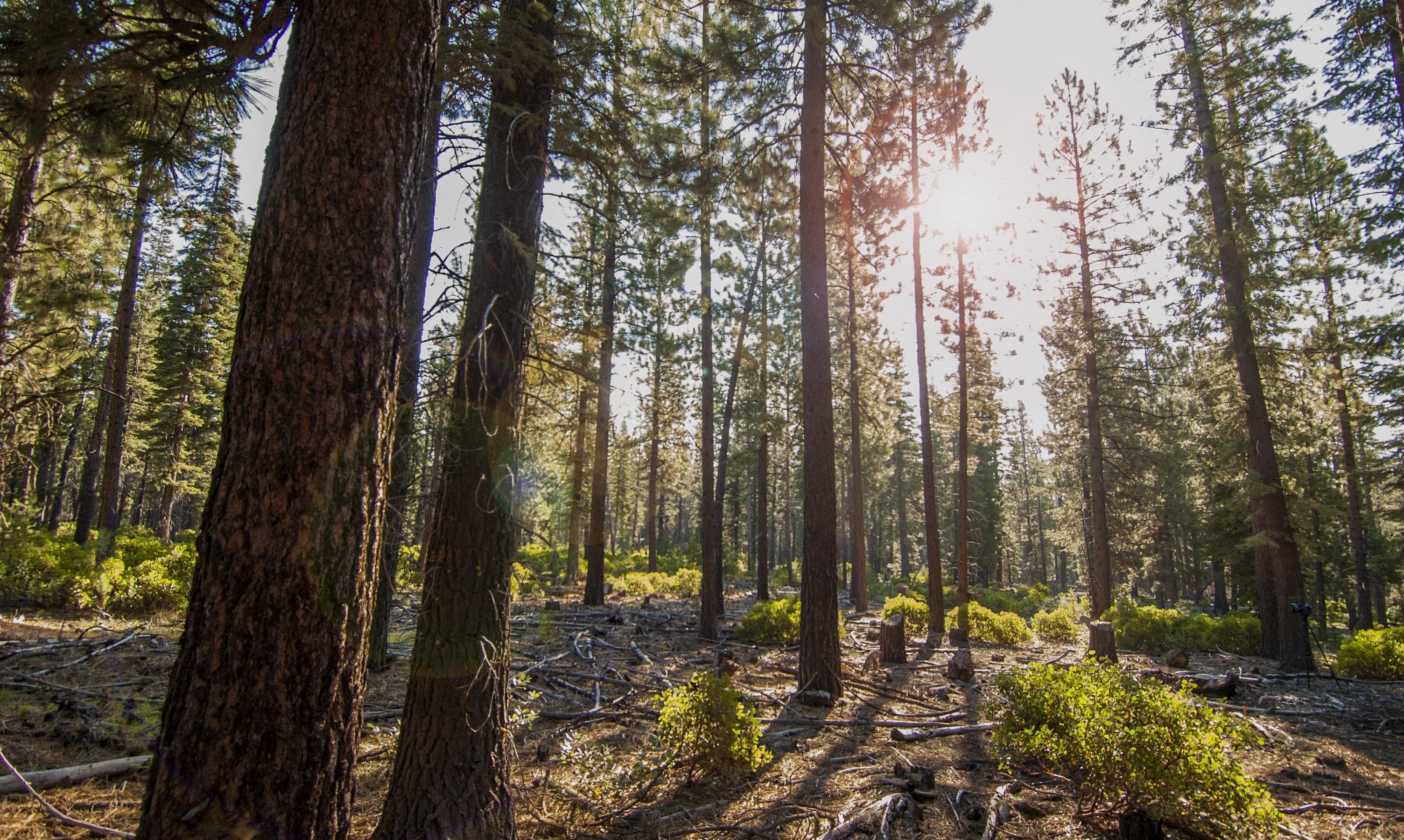
Logging is an essential part of Oregon’s economy, and plays a role in the way many forests are managed – whether they are owned by federal, state or local governments; small businesses or large corporations; or tribes, families and individuals.
There are many players in the process of planning and executing a timber harvest. A landowner owns the timber. They may hire a forest manager to manage their tree farm and plan each timber harvest, including ensuring the careful siting of access roads and protections for wildlife and fish habitat. Forest managers or landowners then coordinate the hiring of logging and trucking crews, and contact mills that may be interested in purchasing the logs. All these parties work together to ensure a safe and successful harvest.
State Regulations
Logging companies closely follow the guidelines set forth by the Oregon Forest Practices Act. Prior to logging, landowners are required to notify the Oregon Department of Forestry and provide details of how they will protect the natural resources on their land.
Harvest Technology
Evolving technology helps loggers have a lighter touch on the land. Modern forest roads greatly reduce runoff to area streams. Scandinavian-designed timber harvesters have been widely adopted across the industry, and they feature a longer reach and balloon-type tires to minimize soil compression. On steep terrain, cable harvesting and helicopters minimize the effect of harvest on the land. Less soil compaction from these methods means the soil keeps the porosity needed to filter water effectively.
Types of Harvest
A forest landowner has many choices when it comes to harvesting. It all depends on what they are trying to achieve and what type of forest they have. Primarily, foresters have adapted harvest methods to the native tree species that have evolved in the Northwest. Some forest landowners choose clearcutting because it’s an efficient way to harvest timber, supply mills and create an ideal site for growing the next generation of Douglas-fir trees. Many undertake thinning projects to improve forest health and slow the spread of wildfires. Public forest managers may use methods such as variable-retention regeneration harvests which are designed to develop forest conditions that balance protecting wildlife habitat and producing timber revenue.
The varied motivations behind a timber harvest are a factor in the different harvest methods used throughout the state. Other factors foresters consider when recommending a particular harvest method are the predominant tree species and the climate and historic wildfire patterns of the region.


